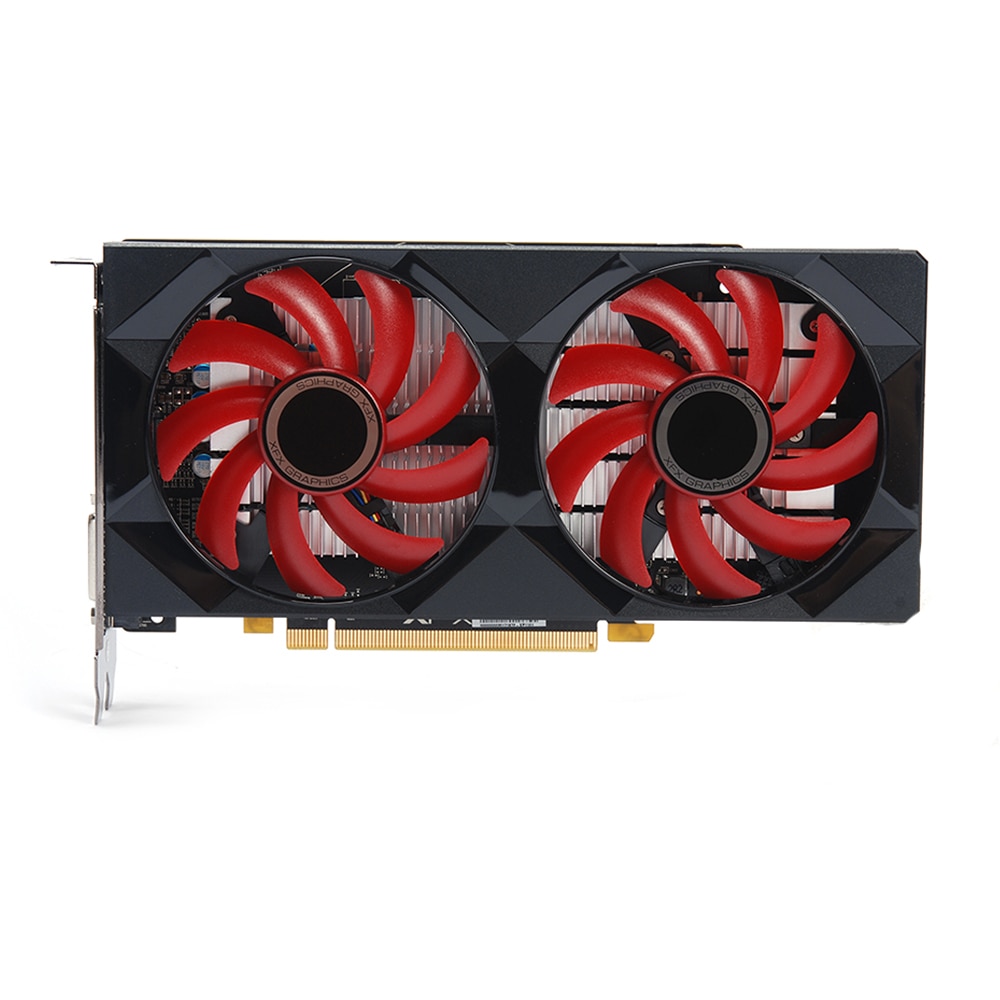
All these features have a drawback: GPU Caps comes with several files (DLLs and demos data).ĭon’t hesitate to drop a comment if you encounter bugs or other weird things. What’s more, GPU Caps has many other features like OpenCL or CUDA data and has several real time 3D demos (OpenGL and OpenCL). With GPU Caps, you can’t have access to the information of secondary cards. Indeed GPU Caps is focused on the main graphics card, the one that can run OpenGL and Direct3D apps. That’s the fondamental difference with GPU Caps Viewer. The main feature of GPU-Shark is to monitor all available GPUs and visualize them all in a single window.

That helps me to quickly identify the situations where the detection engine reports wrong data in order to fix the engine. This detection engine is used in all my tools (GPU Caps Viewer, FurMark, FluidMark, etc.). GPU-Shark is mainly a test app for my GPU detection engine ( ZoomGPU). Why GPU-Shark and what’s the difference with GPU Caps Viewer ?
#Amd system monitor gpu 0 driver
In detailed mode all data is available: GPU codename, driver version, bios version, device ID, etc. In simplified mode (default), only the essential hardware information is displayed: graphics card name, temperatures (GPU, PCB) and clocks (GPU, memory and shader). GPU-Shark gives an overview of all your GPUs and has two viewing modes: simplified and detailled. GPU-Shark is lightweight (the size of the exe is small – version 0.1.0: 180KB) and there’s only one file that doesn’t require installation (like GPU-Z). DisplayPort 1.01.1a allow a maximum bandwidth of 10.8 Gbit/s (8.64 Gbit/s data rate) over a standard 4-lane main link. Version 1.1a was ratified on 2 April 2007. GPU-Shark is a new GPU monitoring utility for NVIDIA GeForce and ATI Radeon graphics cards. The first version, 1.0, was approved by VESA on.


 0 kommentar(er)
0 kommentar(er)
